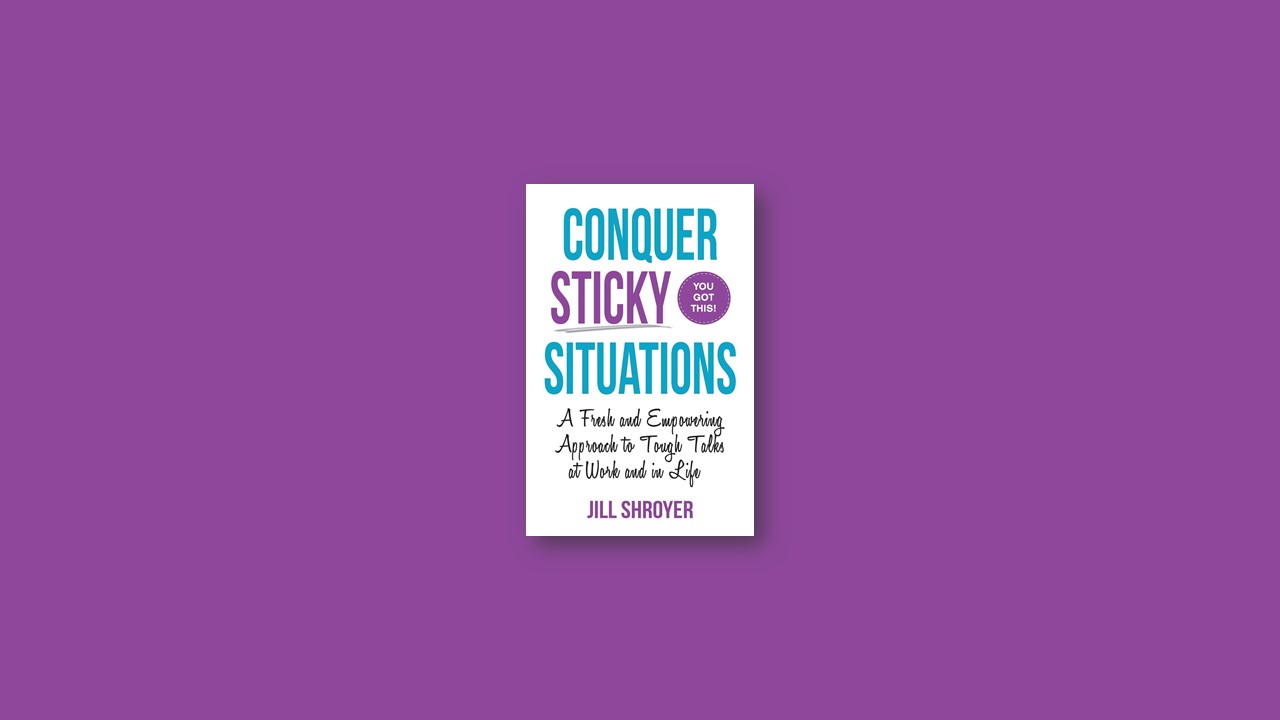5 Steps to Conquering Sticky Situations
- Thanks
- Why
- What
- How
- Thanks again
Step #1 Say Thanks
Start with thanking the person you’re talking to.
Step #2 Explain Why
Explaining why gets the issue out into the open and dresses the elephant in the room. Explain you’re bringing up the topic because you care for them. You value your relationship whether personal or professional. You don’t need to give thanks if it’s more natural for your relationship to say “I need to have a tough conversation with you today.” or “I need to bring up something with you that’s going to be difficult to talk about. May I have your permission to do so?” It’s very rare that someone will not allow your voice. When they give you permission, you can thank them for being willing. This tactic sets the stage for sharing something difficult. It relieves both sides in some ways.
Step #3 State What Exactly needs to Change
Don’t dance around it. Elaborate on what you said in step 2, Why. The What should be short and to the point.
There may be only one issue to address. If so, state that. If there are multiple issues, perhaps at work if there’re performance issues, you should address no more than three at a time. Have another conversation later to address the additional issues.
In your first conversation, focus on the three most pressing issues. An important note if you’re addressing performance is to separate issues with performance from medical or personal issues. It’s important not to muddy the waters. Address performance as a standalone. Address other factors in the situation separately.
Here’s a ‘what’ in action: “You borrowed clothes from me four times in the last month. I’ll share two instances, once when you borrowed my pink top and the other when you borrowed my gray pants. You returned them with stains. I had to pay a dry cleaner to get the stains out and felt frustrated about that.”
Step #4 How You Expect the Behavior To Change
If you’re having a performance discussion, tell them what they need to do to be successful and outline the specific consequences or outcomes for not changing the behavior. You’ll need to be clear on what behavior you’re asking them to change.
In the borrowing clothes example above, you’ll want to say what needs to happen to repair the issue or as applicable, the consequences of not doing so. You could say, “I’m happy to continue to lend you clothes on occasion, but ask you to check for strains before returning them. If they have strains, please take them to the dry cleaner before returning them to me.” In a work performance situation, you could ask “Do you agree to change these things I shared to reach the outcome we need?”
Step #5 Thanks Again
This part is simple. Tell them again you appreciate they had the conversation with you. The example about borrowing clothes may sound like “Hi Sue, thanks for taking a minute to chat with me. I walk to talk to you about borrowing my clothes. I care about our friendship and don’t want this issue to cause tension. You borrowed clothes from me four times in the last month. I’ll share two instances, once when you borrowed my pink top and the other when you borrowed my gray pants. You returned them with stains. I had to pay a dry cleaner to get the stains out and felt frustrated about that.
I’m happy to continue to lend you clothes on occasion, but ask you to check for strains before returning them. If they have stains, please take them to the dry cleaner before returning to me. Thanks for being open to having this conversation. I value our relationship and know we can move past this.”


